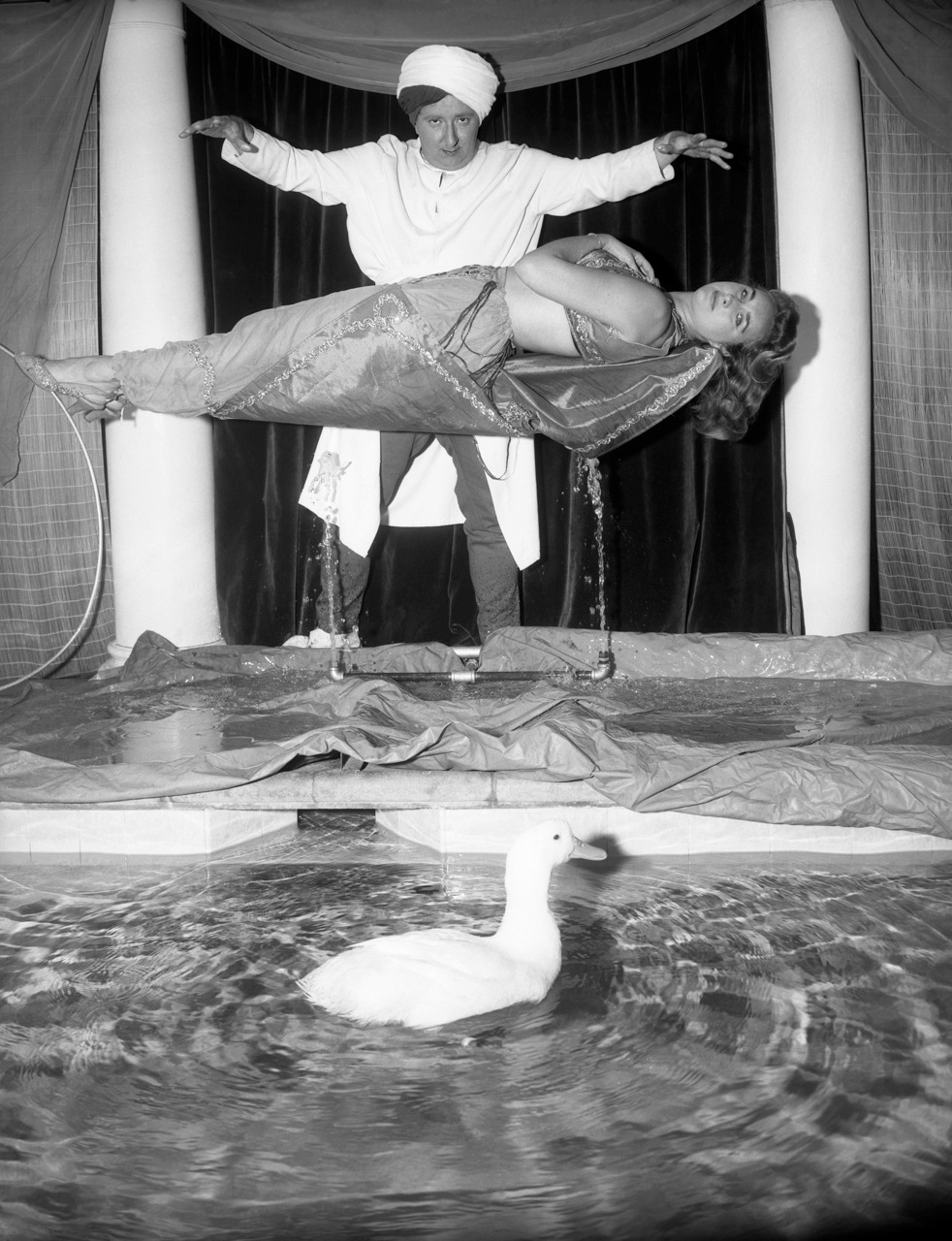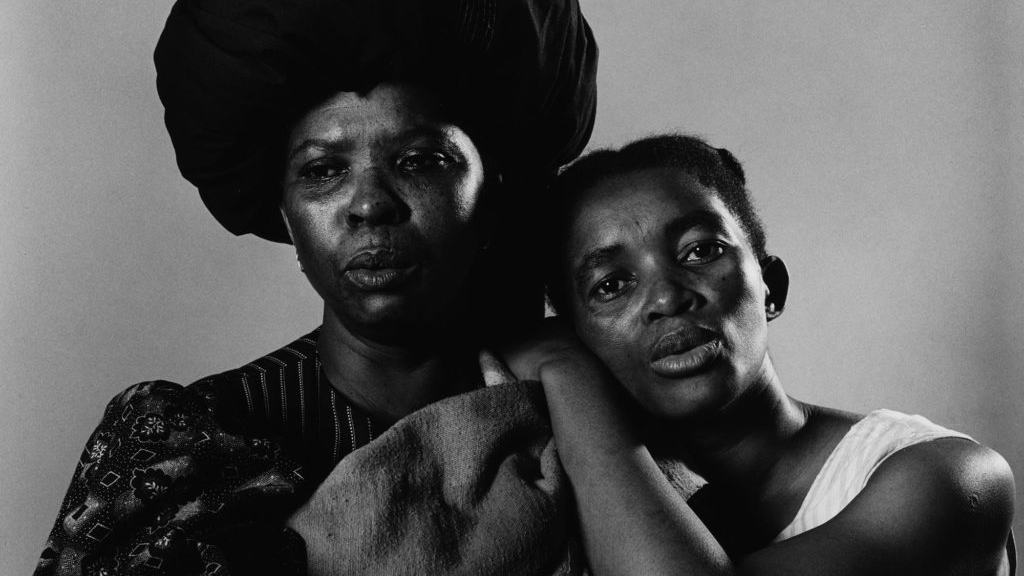

- #PETE FLOATING FOUNDATION OF PHOTOGRAPHY MOVIE#
- #PETE FLOATING FOUNDATION OF PHOTOGRAPHY PROFESSIONAL#
- #PETE FLOATING FOUNDATION OF PHOTOGRAPHY SERIES#
The trip already started last year, leaving hamburg towards amsterdam, where they attended the unseen photo fair.

claudius schulze’s boat has a warmer and cozier look, perfect for hosting creative workshops and discussions, while maciej markowicz’s one, with its silver and out-of-earth aesthetics works out as a camera obscura.

built and carried out by claudius schulze (hamburg) and maciej markowicz (berlin), 2BOATS is a floating photographic platform traveling the channels and streams of europe on the lookout for new perspectives, a different kind of awareness and novel experiences.Īlthough with a similar idea in mind, the boats-each one occupied by one artist-serve as traveling studios but with different purposes. However much his photographs claim to bear witness to the growth and the changes taking place in these cities, they are ultimately “fictional” or, as Bialobrzeski describes them, “they quote from reality”.Two artists, two boats, four cities, and a journey where both creatives have been engaging in a study of the environment, urban life and photography.

In Neon Tigers #53, set in Shanghai, the well-tended but deserted square in the forefront appears to be a fictional place of cult worship for the ultra-modern urban freeway above it: empty and sterile, yet an eloquent monument of fascinating modernity and vibrant futurism. Although the colours in his photographs often come across as being artificial, they are produced by “natural” means: In the pre-dawn light, as the darkness of night gradually fades, the neon and fluorescent lights from apartments, offices, cookshops, street lights and billboards glow with an even greater intensity. Seductive pastel hues, reduced contrasts and striking light reflections transform monotone concrete facades into brightly coloured architectural landscapes out of which individual buildings loom like sculptures. However, the technology he used to create the photos in “Neon Tigers” is anything but futuristic: Bialobrzeski took them with a large-format, analogue camera using conventional film material. Bialobrzeski first saw the film in a video café in Bangkok during his first backpacking trip in 1987 and it left a lasting impression on him. In this visually stunning dystopia, director and producer Ridley Scott presents an Asianized mega Los Angeles as a gigantic urban sprawl filled with skyscrapers.
#PETE FLOATING FOUNDATION OF PHOTOGRAPHY MOVIE#
Without manipulating them in any way, he creates pictures that call to mind the fantastic imagery of the classic 1982 science-fiction movie “Blade Runner”. He presents the megacities as ultra-modern dream worlds in glittering neon light and as utopias that bear traces of dramatic economic and social change. Through his camera lens, he transforms the “Asian Tigers” – a term commonly used in the 1980s to describe Asian countries with the highest economic growth – into the eponymous “Neon Tigers” in a total of seven journeys.
#PETE FLOATING FOUNDATION OF PHOTOGRAPHY SERIES#
In his series “Neon Tigers”, Bialobrzeski takes his own, very individual view of Asia’s fast-growing economic centres, above all Hong Kong, Shanghai, Shenzhen and Bangkok. During this time, he developed a keen instinct for exceptional motifs. And yet Bialobrzeski worked as a photographer for renowned media such as GEO, Merian, Tempo and Die Zeit for more than ten years. His pictures were deemed too “artistic” for what is considered classical news photography, and too “journalistic” for the prevailing trends in the art scene.
#PETE FLOATING FOUNDATION OF PHOTOGRAPHY PROFESSIONAL#
When Peter Bialobrzeski started out as a professional photographer at a local newspaper in his home town of Wolfsburg in 1983, he could not know that he would one day find himself caught between the conceptual fronts of photojournalism and art photography.


 0 kommentar(er)
0 kommentar(er)
